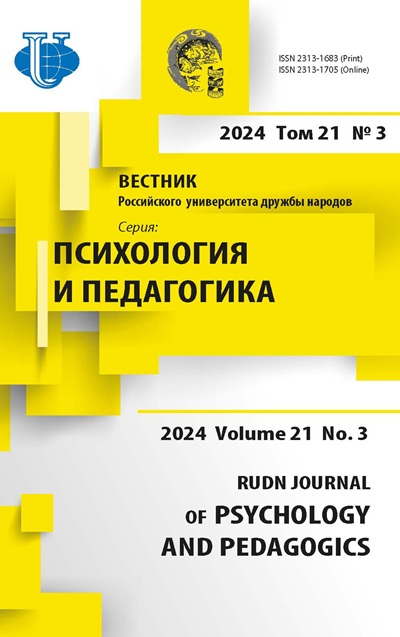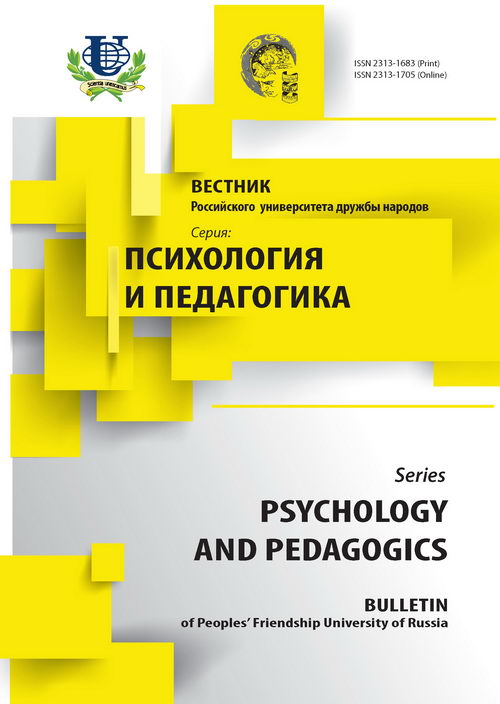Аннотация
В предыдущих исследованиях [15; 20] было обосновано и показано, что воспроизведение информации из кратковременной памяти включает две ступени: первые единицы воспроизводятся из «опустошающейся» оперативной памяти, вторая ступень воспроизведения имеет характер реактивации. В данной статье показано, что последовательные изменения кривой воспроизведения информации при умеренной болезни Альцгеймера (БА) и значительном употреблении марихуаны - снижение общего количества воспроизведений и уменьшение эффекта первичности - похожи на характер воспроизведения информации на второй ступени и отличаются от воспроизведения из рабочей памяти. Так как употребление марихуаны и БА влияют на вторую ступень свободного воспроизведения, предположительно, эта стадия воспроизведения связана с областью СА1 гиппокампа. Поскольку на втором этапе воспроизведения используется процесс извлечения информации, который сопровождается линейным ростом частоты ошибок [18], этот механизм генерирования ошибки должен помочь понять структуру соответствующей нейронной сети.
















